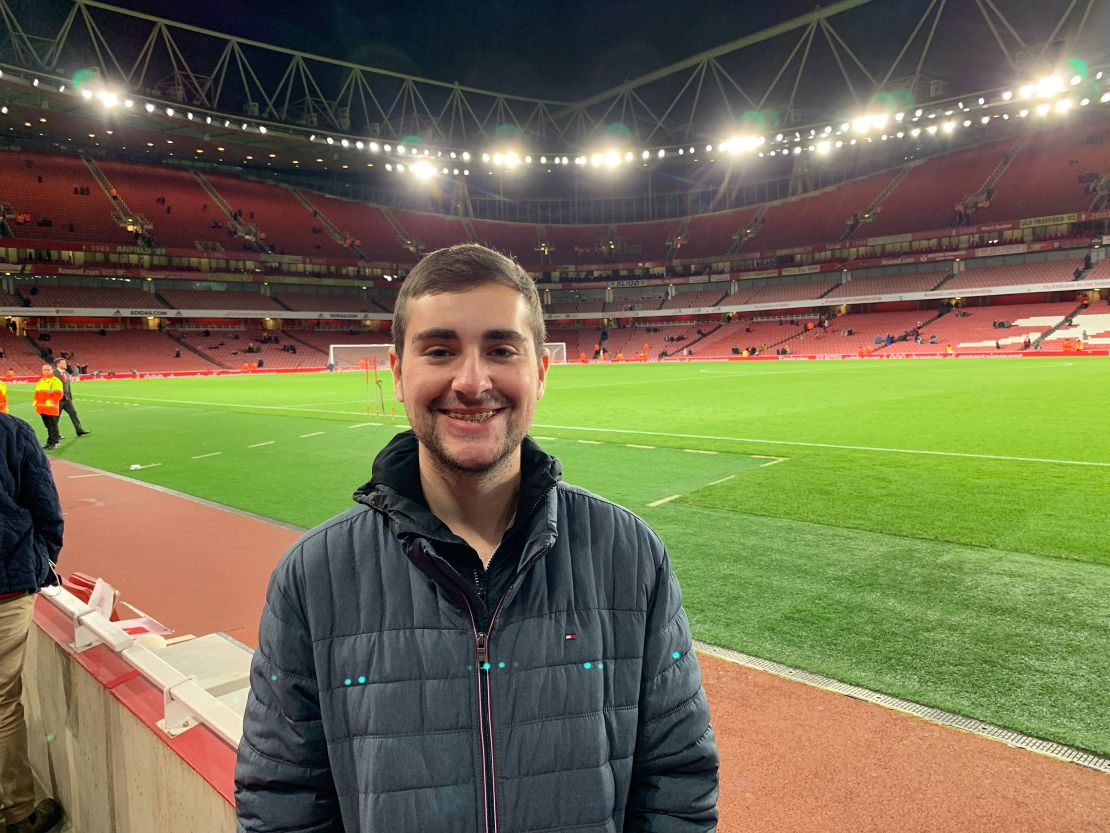Matthew Cabral, 18, has not decided where he is going to college, even though the traditional May 1 decision deadline is fast approaching.
Cabral, a senior at San Mateo High School in San Mateo, California, is choosing between the University of Oregon and Santa Clara University. He’s also on the wait lists at the University of California Santa Barbara and UC Davis. And he must make a decision as physical safety and economic stability have been made uncertain by the coronavirus crisis.
“Prior to the pandemic, my parents wanted me to choose a school based on fit, rather than affordability” Cabral said. “While they still say that, I don’t want to put my family in unnecessary debt.”
His search for scholarships “is definitely included in my decision.” The schools he’s considering vary in price. The two UC schools are public universities where he could receive state tuition.
None of the four schools has extended its May 1 deadline. But almost 400 colleges and universities have pushed back their decision day by at least a month.
Texas Christian University was one of the first schools to extend the deadline to June.
“We felt really strongly that during this period of crisis, when students’ and families’ lives were being upended that we, as an institution, wanted to do everything in our power to alleviate rather than add on any stress to the decision-making that’s inherent in the college selection process,” said TCU Dean of Admissions Heath Einstein.
“The idea of a May 1 deadline in the middle of this crisis feels really absurd,” said Marie Bigham, founder of ACCEPT, whose admissions reform organization started tallying how many institutions were delaying their decision deadlines.

“How can you look at this really uncertain world and have a family say, ‘Yeah I can look at this situation and feel like I am confident I have $75,000 to spend?’ ” Bigham said.
Lisa Bianchi Merritt, co-director of college counseling at the Calhoun School in New York City, said the lack of uniformity around the May 1 deadline has created a level of complexity for some students. A student she advises is choosing between four schools – two that have extended deadlines and two that have not, setting up “a very complicated set of decisions.”
The American Council on Education (ACE) predicts enrollment nationwide will drop 15 percent, including a decline of 25 percent for international students and costing institutions $23 billion in revenue. ACE and other higher education institutions are asking Congress for $46.6 billion in emergency aid for students and institutions to ease the damage.
Even for those who have put down their deposits, uncertainty about what the next school year will look like raises questions about whether it makes sense to enroll in the fall.
Jillian Cain, a senior at Boyne City High School in Michigan who applied early and committed to Michigan State University, is wondering if she should still go.
“I was talking to my mom and said, ‘Why don’t I just take a gap year? I don’t see the point in paying this college tuition if I’m not getting all of the benefits of it,’ ” said Cain, sharing that if her campus does not reopen in September, she would miss the atmosphere of being around students and taking classes in person.
“Why not just take a gap year or enroll in a community college where I could get the same education essentially for way less of a price,” Cain added.
Bianchi Merritt said about a third of her 60 students have yet to decide. A few have asked about a gap year, and she predicts that number will grow.
“I’ve had probably three students reach out and say, ‘I really don’t want to start my college experience from my couch,’ ” Bianchi Merritt said. “As more colleges become more transparent about the likelihood of that, I think that’s going to really spur a lot of kids to want to seriously consider a gap year.”
CEO of Brian Communications Brian Tierney, whose organization has spoken to hundreds of parents of high school seniors, agreed a significant percentage say they might delay when their children go to college.
“It’s a genuine, real fear that parents have about the economics of it, as well as the personal safety of their child, especially if they’re considering sending their child far away,” Tierney said.
Sight unseen
On top of the new-found financial burdens, a lot of students have to make their decision about where they want to go to college without being able to physically visit the campus.
Colgate University President Brian Casey told CNN that his staff is getting creative about how to compensate.
“We’ve done everything we could,” Casey explained, citing virtual tours and student and faculty panels that have been digitized for admitted students to explore. “But it’s really hard to replicate what is essentially one of our great selling points.”
Casey said Colgate plans to keep the May 1 deadline but is preparing to put more money into the financial aid budget next year.
“We are prepared for next year to be more expensive in terms of financial aid,” he said.
Casey said he is “starving for federal guidance” and collaborating with other college and university presidents.
“What we’re trying to do is learn from each other,” he said. “And it’s really interesting to be on a call with a group of presidents, who are typically competitive with each other, now saying, ‘OK, what are you doing?’ And there’s a remarkable uptick in sharing ideas and best practices.”
But for Jillian Cain, the high school senior committed to Michigan State University, “it’s just a very weird time to be going into college right now.”
Correction: A previous version of this story misspelled Marie Bigham’s name.





